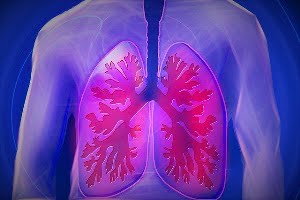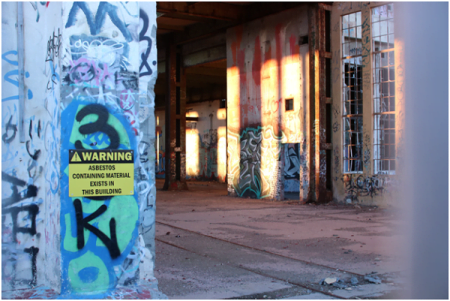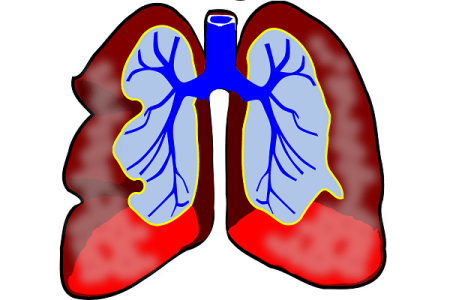All About Silicosis
- Updated on: Jul 6, 2024
- 3 min Read
- Published on Oct 3, 2019

If your work place is not ‘silica-free’, there are high chances that you may inhale silica particles through the nose or mouth. These particles act as tiny blades on the lungs and create small cuts or scar the lung tissue which leads to severe pulmonary problems.
What is Silicosis?
Silicosis is a long-term severe lung disease that is caused mainly duty to silica dust exposure. It is caused by inhaling crystalline silica dust found in sand, rock, or mineral ores like quartz. Silicosis is often referred to as a fibro-nodular lung disease. The World Health Organization and the International Labour Organization, in 1995, started a prevention and public awareness campaign to completely eradicate silicosis by 2030.
Exposure to silica is common in mines and quarries. People who work in stone masonry and stone cutting industry, in construction and demolition, in pottery making, foundry or casting work, asphalt manufacturing, in ceramics and glass-making industries, etc are at an elevated risk of suffering from silicosis. Silica is very harmful to the respiratory system and causes hardening and scarring of lung tissue (known as fibrosis).
Complications associated with Silicosis
The U.S. Department of Safety stated that silica is a “carcinogen”. This means that silica is capable of causing cancer (including lung cancer).
In case of chronic silicosis, there are higher chances of acquiring severe complications such as tuberculosis, pneumonia, lung cancer, chronic obstructive pulmonary disease (COPD), chronic bronchitis, kidney problems, etc.
Common signs and symptoms of silicosis
Some common signs and symptoms of silicosis are:
- nagging cough is supposed to be the earliest sign of silicosis
- breathing difficulty or persistent shortness of breath
- swelling in legs
- blue lips
- fatigue (in some cases) and weakness
- quick weight loss
- fever and sharp pain in chest
In many cases, it was observed that silicosis prominently develops after 5-10 years of exposure.
Diagnosis of Silicosis
The following measures help in diagnosing silicosis:
- Doctors study the medical history and occupational history of the patient to understand the condition and conduct the diagnosis of silicosis.
- A chest X-ray is then recommended to detect any abnormality in the lungs such as scars. High resolution CT scan of the chest might also be recommended in some cases.
- For accurate results, bronchoscopy is done. A long, thin tube with a tiny camera on the end is passed into the lungs to get detailed images of the lungs to look for any damage.
- Spirometry or lung function test or pulmonary function test is also done to diagnose silicosis.
- Sometimes, fluid and tissue samples are also collected for appropriate diagnosis. This is known as biopsy.
Treatment of silicosis
Silicosis has no cure but there are some treatments that help to manage the condition. Relieving the symptoms of silicosis too helps in managing the condition better. Some measures that are considered to help relieve the symptoms:
- To decrease sputum production and reduce mucus in the lungs, inhaled steroids are suggested.
- Cough medicines and antibiotics help in treating respiratory infections.
- Inhalers, also known as bronchodilators, open up the airways by relaxing the breathing passages.
- Oxygen therapy helps to reduce fatigue.
- Lung transplant surgery is the last option to treat advanced or severe lung damage.
Cell-based therapy is an investigational advantageous therapeutic approach for fibrotic lung diseases, including silicosis. Several ongoing research trials have found this method to be beneficial, but this method is still in the pre-clinical stage.
The best way to prevent silicosis is to prevent the risk factors that likely cause the disease. Simple measures such as the use of masks while working, proper ventilation in the workplace, avoiding smoking, use of water sprays and wet cutting methods, etc help to reduce the risk of exposure to silica.












